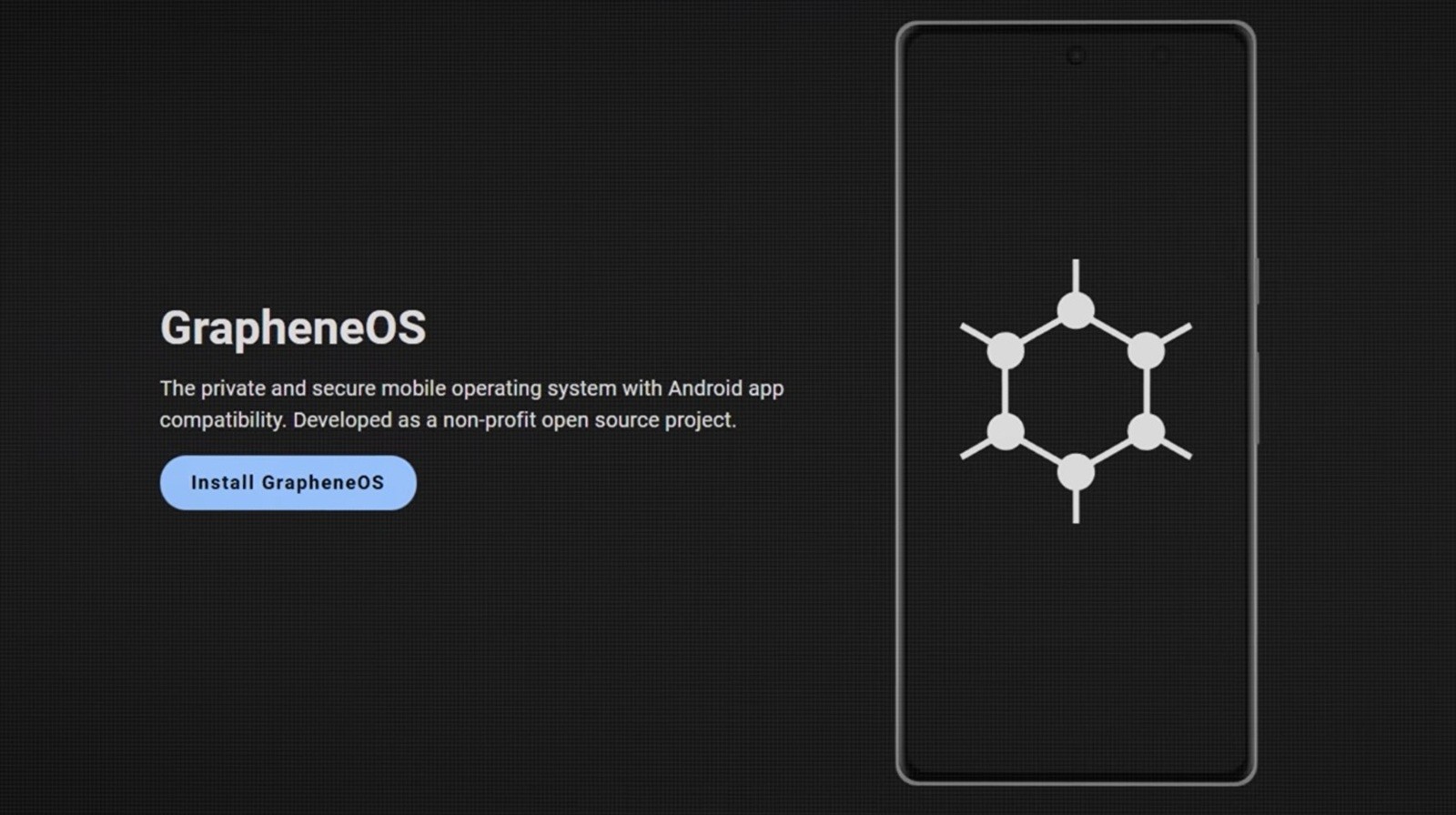The past few days have already been packed with Pixel developments. Google quietly published the first mainline Linux device trees for Pixel 10, giving developers their earliest look at how the next-gen hardware will boot outside the standard Android kernel. At the same time, the GrapheneOS community found itself in the spotlight twice: first for publicly calling out an unnamed “small company” over alleged misinformation after a failed partnership, and then for confirming that Pixel 10 support won’t make the initial Android 16 QPR1-based GrapheneOS release. Work is progressing, but users will have to wait a bit longer.
Today’s news builds on that momentum, with a new performance win for Google’s flagship, fresh Feature Drop changes landing on older Pixels, and even a controversial shift in how RCS behaves on managed devices, among others.
Pixel 10 Pro edges out iPhone 17 family in global Wi-Fi tests
According to new data from Ookla’s Speedtest Intelligence, the Pixel 10 Pro has taken the crown for the fastest global median Wi-Fi download speeds, coming in at 335.33Mbps and just barely surpassing Apple’s new iPhone 17 lineup at 329.56Mbps. It’s a slim margin, but a meaningful one given that Apple used this generation to debut its custom N1 networking chip, replacing years of Broadcom-based Wi-Fi hardware.
Interestingly, Apple still wins in the opposite scenario. In worst-case (10th percentile) network conditions, the iPhone 17 family delivers slightly higher speeds than the Pixel 10 Pro, pointing to stronger consistency and better performance in difficult Wi-Fi environments. Apple also recorded a massive year-over-year jump, with the N1 chipset improving iPhone 17’s download and upload speeds by up to 40% over the iPhone 16 series.
Meanwhile, Xiaomi’s 15T Pro quietly stole the peak-performance spotlight. Powered by a MediaTek Wi-Fi chip, it reached a blistering 887.25Mbps in peak downloads, outperformed rivals in uploads, and posted the lowest latency at just 15ms. On the other end, HUAWEI’s Pura 80 was held back by the absence of 6GHz support, though it remained competitive on traditional 5GHz networks.
Pixel VIP notifications get a major visual upgrade
Google’s November Feature Drop is also expanding Pixel VIP capabilities in a way that makes important messages impossible to miss. Instead of seeing a typical message icon, Pixel users will now get the VIP’s profile photo directly in the status bar and on the always-on display, creating a more prominent visual cue for priority contacts.
On the lockscreen and notification shade, the app icon tied to the VIP message gets a bright yellow highlight, making it stand out from everything else. The VIP Contacts widget is also gaining new crisis-alert badges tied to real-world emergencies near a contact’s saved address, adding another layer of contextual awareness. These upgrades are available on Pixel 6 and newer devices.
New “Device health & support” hub expands beyond Pixel 10
Another Pixel 10 feature is now rolling out to older devices. Google has begun pushing the new “Device health & support” dashboard to Pixels dating back to the Pixel 6 series. The hub replaces the old Tips & Support section and consolidates tools for battery health, device temperature, storage management, software update status, and diagnostics for charging and touch input.
Not every Pixel gets the full feature set, but the goal is clear: give users a centralized, Pixel-integrated way to check the phone’s overall condition. On some devices, the dashboard even shows a security-style overview that declares “Your Pixel is in great shape!” or flags pending issues. Users may need to update Device Health Services and Settings Services to see everything.
RCS Archival brings a major policy shift to work-managed Pixels
A more controversial change is rolling out as well. Google is now enabling Android RCS Archival on fully managed corporate Pixels, which means employers can finally keep records of RCS conversations for compliance purposes, even though RCS is end-to-end encrypted.
The encryption still applies while messages travel between devices, but approved archival apps can read the messages locally on the phone. This includes sent and received messages, as well as edits and deletions. Google says the process is transparent, with users being notified when archival is active. Vendors like Celltrust, Smarsh, and 3rd Eye already support it, with more coming next year. The feature only affects company-controlled Pixels.
WeatherNext 2 gives Pixel Weather and Google Maps a huge forecasting boost
Google is also introducing WeatherNext 2, its most advanced AI weather model to date. The company claims it’s faster, more accurate, and better at predicting extreme events. WeatherNext 2 can simulate hundreds of possible outcomes on a single TPU in under a minute, producing hour-level forecasts and outperforming the previous model on nearly every variable.
This new model is now being integrated directly into Pixel Weather, Google Maps, Search, and Gemini, meaning Pixel owners should start seeing far more precise real-time data, from sudden rainfall warnings to sharper predictions during storms or heatwaves. Google hasn’t detailed specific UI changes yet, but the underlying forecasting engine has received its biggest leap in years.


